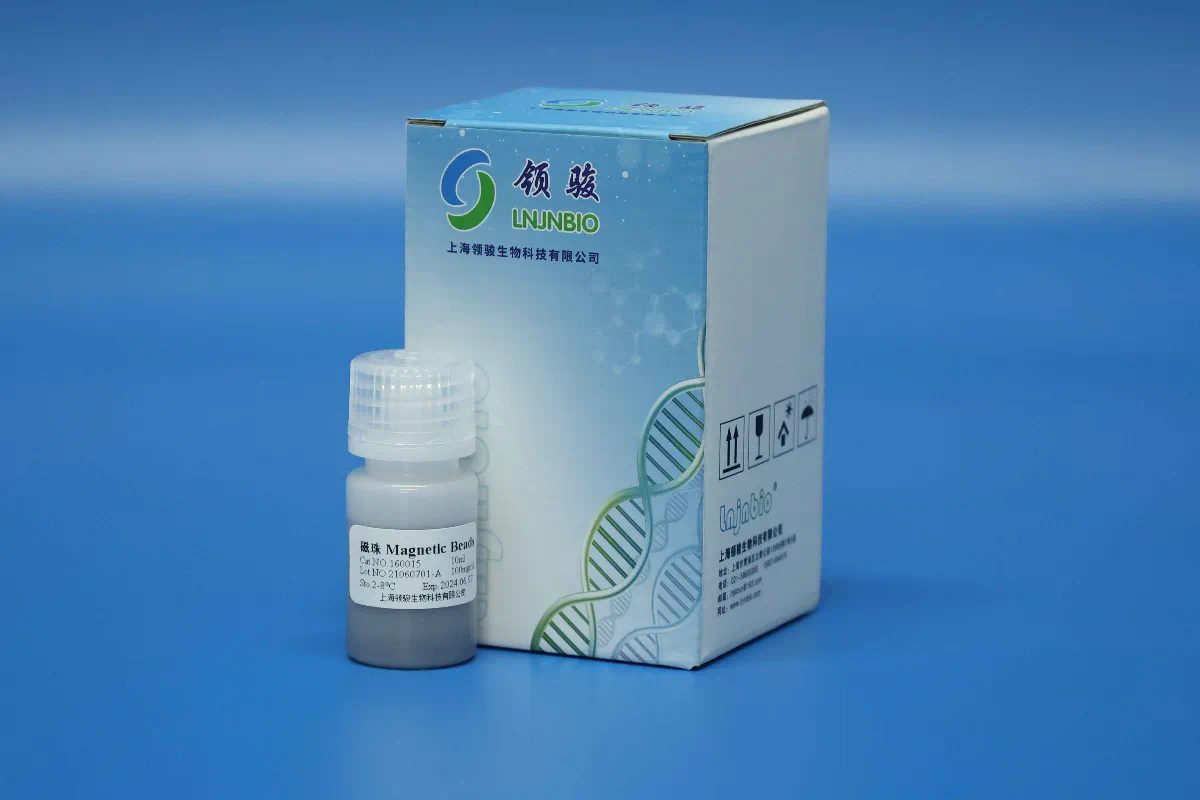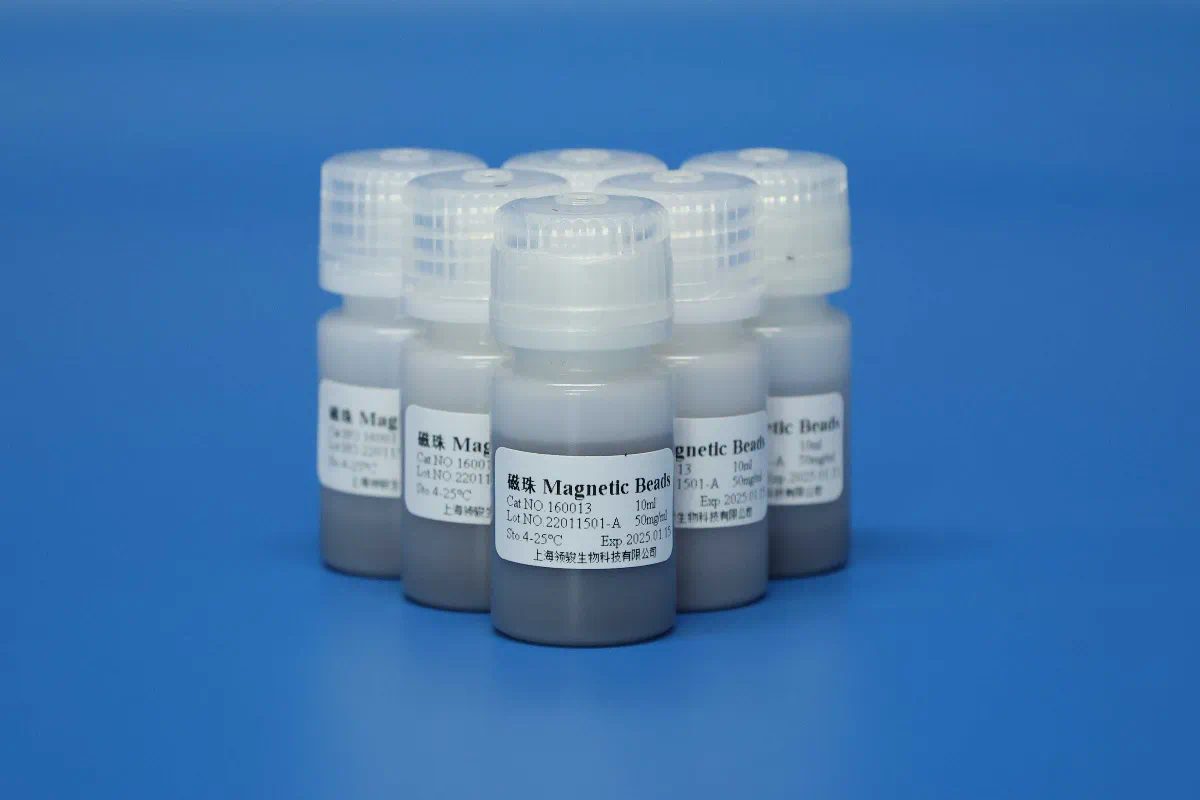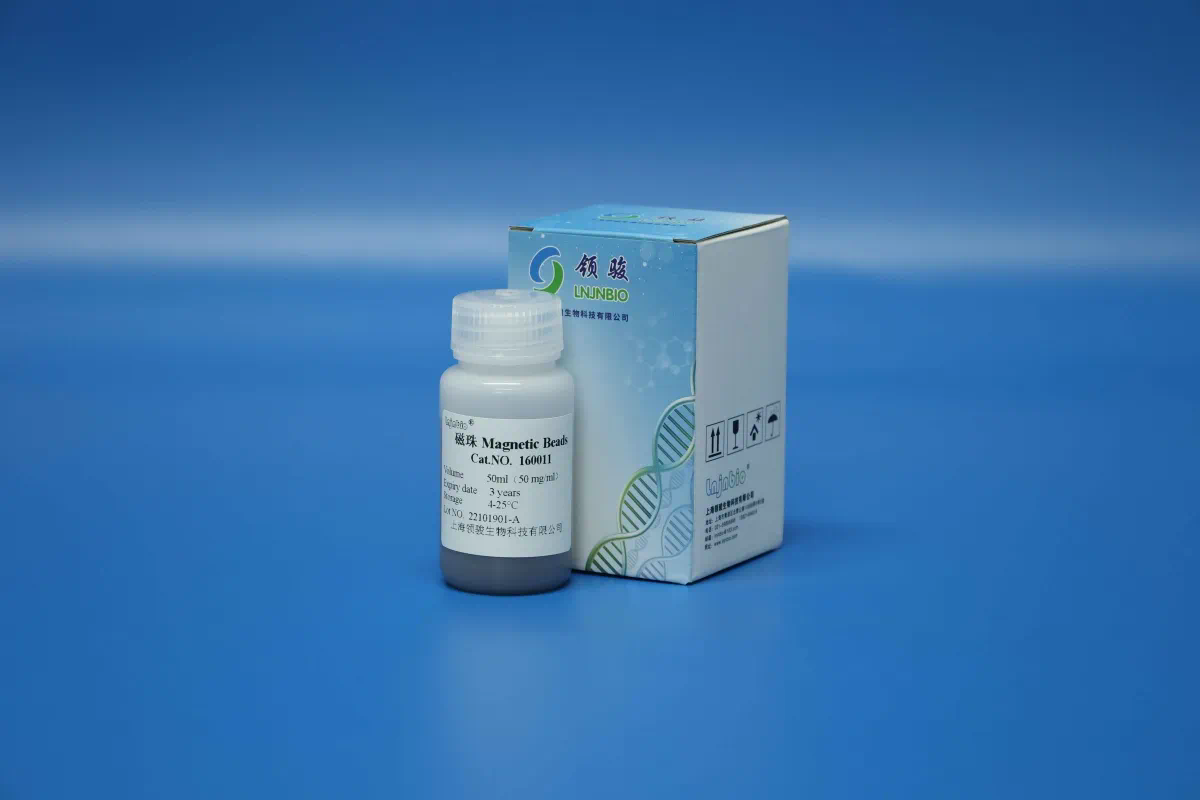The extraction of RNA is a critical process in molecular biology, enabling researchers to study gene expression, RNA structure, and function. A pivotal component of RNA extraction protocols is the lysis buffer, which plays a crucial role in cell disruption and the subsequent release of RNA from cellular compartments. Understanding the composition and function of lysis buffers, as well as optimizing their use, can greatly enhance RNA yield and integrity.
Lysis buffers are designed to break down cellular membranes, facilitating the release of nucleic acids and proteins into solution. These buffers often contain detergents, salts, and buffering agents that collectively work to disrupt lipid bilayers and solubilize the components within cells. Commonly used detergents in lysis buffers include sodium dodecyl sulfate (SDS), Triton X-100, and NP-40. Each of these detergents has unique properties that can impact the efficiency of cell lysis depending on the specific type of sample being processed, whether it be animal tissue, plant material, or cultured cells.
The choice of lysis buffer is influenced by several factors, including the type of RNA being extracted (e.g., total RNA, mRNA, or small RNA), the species from which the RNA is derived, and the downstream applications intended for the extracted RNA. For instance, total RNA extraction may require more robust lysis conditions compared to mRNA enrichment, which often benefits from milder conditions to preserve the magnetic beads cell isolation integrity of the target molecules.

In addition to detergents, lysis buffers typically contain salts such as sodium chloride (NaCl) or potassium acetate to help stabilize nucleic acids and proteins during extraction. The ionic strength provided by these salts can prevent the formation of secondary structures in RNA, particularly important for ensuring high-quality RNA suitable for quantitative PCR or sequencing applications. Furthermore, chelating agents like EDTA are often included to inhibit RNases, enzymes that can degrade RNA and compromise experimental results.
Optimizing lysis buffer conditions is essential for maximizing RNA yield and quality. Several strategies can be employed to tailor lysis buffers to specific applications. First, adjusting the pH of the lysis buffer can significantly influence RNA stability. Most RNA remains stable at a neutral to slightly alkaline pH, so careful calibration is necessary. Additionally, the concentration of detergents must be optimized; too high a concentration may lead to excessive denaturation of proteins, while too low may not effectively disrupt the cell membrane.
Another important consideration is the temperature at which lysis occurs. Performing lysis at lower temperatures can help to preserve RNA integrity and minimize degradation caused by RNases. It is also advisable to include RNase inhibitors in the lysis buffer or add them post-lysis to further protect the RNA from degradation.
Sample processing time is another variable that impacts RNA extraction efficiency. Prolonged lysis may lead to increased RNA degradation, while insufficient time may result in incomplete cell disruption. Researchers should conduct preliminary experiments to determine the optimal balance between lysis time and RNA integrity.

Different types of biological samples may require modifications to standard lysis buffer compositions. For example, plant tissues often contain rigid cell walls that necessitate stronger lysis conditions or the inclusion of mechanical disruption methods, such as bead beating or homogenization, in conjunction with chemical lysis. Similarly, the presence of polysaccharides and phenolic compounds in certain plant materials can lead to co-isolation of contaminants, necessitating additional purification steps after initial lysis.
For animal tissues, enzymatic lysis can also be beneficial. Using enzymes such as proteinase K in combination with traditional lysis buffers can enhance the extraction of RNA from challenging samples, such as dense or fibrous tissues. This approach allows for the selective degradation of proteins while preserving nucleic acids.

One emerging trend in RNA extraction is the development of commercially available kits that provide pre-formulated lysis buffers tailored for specific applications. These kits often incorporate proprietary blends of detergents, salts, and stabilizers designed to optimize RNA recovery and purity. While these kits offer convenience, researchers should still consider validating the performance of any commercial product against established methods to ensure compatibility with their specific experimental needs.
In summary, the role of lysis buffer serum/plasma free DNA extraction and purification in RNA extraction cannot be overstated. The proper formulation and optimization of lysis buffers are vital for obtaining high-quality RNA necessary for downstream applications. By understanding the key components and variables that influence lysis efficacy, researchers can tailor their protocols to achieve optimal results.
Continuing advancements in RNA extraction techniques and the growing importance of RNA analysis in various fields underscore the need for ongoing research and development in this area. Future studies may focus on refining lysis buffer compositions further, exploring new additives that enhance RNA yield without compromising integrity, and integrating innovative extraction technologies that streamline the process.
As the field of molecular biology evolves, so too will the methodologies surrounding RNA extraction, with lysis buffers remaining at the forefront of these developments. Whether in the context of basic research, clinical diagnostics, or therapeutic applications, the effective extraction of RNA will continue to play a fundamental role in our understanding of gene expression and regulation.
Ultimately, the successful extraction of RNA hinges on a multifaceted approach that considers not only the choice of lysis buffer but also sample type, processing conditions, and downstream applications. By investing time and resources into optimizing these parameters, researchers can ensure that their RNA extraction protocols yield the highest quality results, paving the way for groundbreaking discoveries in the realm of molecular biology.





